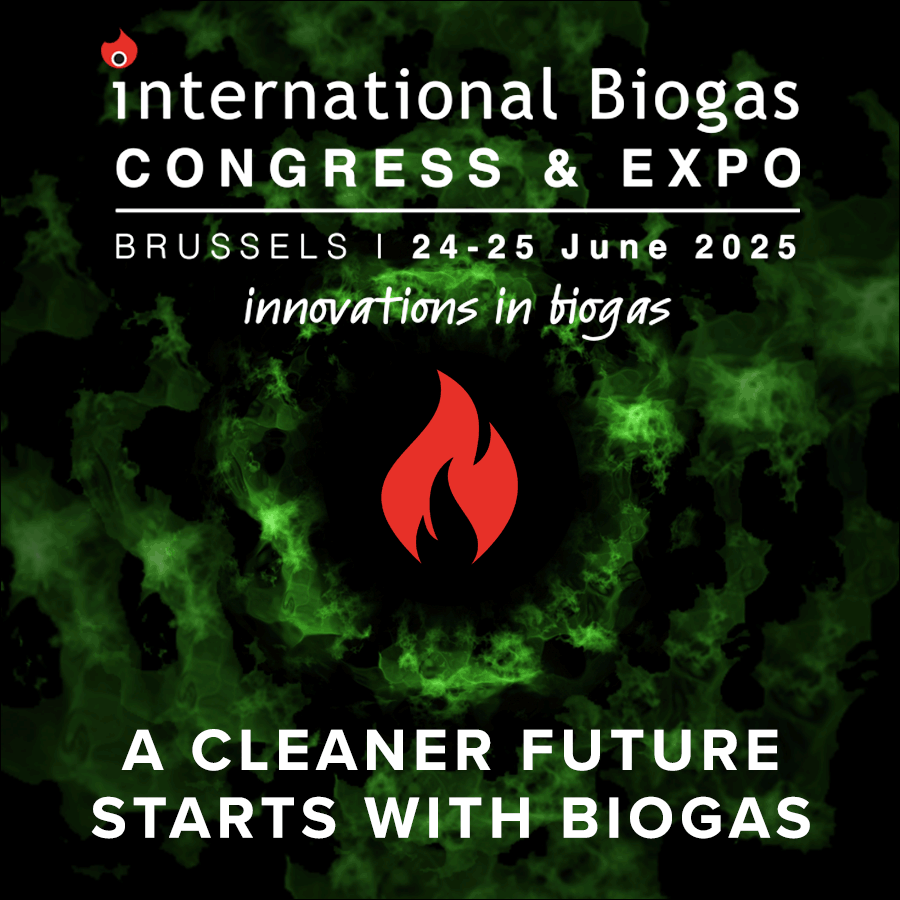Scientists show renewable biocell is possible
After several years of research, a team of scientists have developed a biocell which could serve as an alternative to classic fuel cells.
Converting chemical energy into electrical energy via hydrogen combustion, fuel cells are considered a clean technology because they don’t emit greenhouse gases. However, the fact that these fuel cells rely on costly rare metal catalysts, like platinum, has meant their practicality has been brought into question.
Over recent years, growing knowledge of biocatalysts and enzymes has revitalised interest in fuel cells, with research showing their hydrogen and oxygen transformation potential could be comparable to that offered by platinum.
Researchers at the Laboratoire of Bioénergétique et Ingénierie des Protéines (CNRS/Aix-Marseille Université) have been developing a new generation of biocells. Their research has seen them replace the chemical catalyst (platinum) with bacterial enzymes: hydrogenase (key for converting hydrogen into many microorganisms), and bilirubin oxidase. Now, they have identified a hydrogenase that is active in the presence of oxygen and resistant to some platinum inhibitors like carbon monoxide.
In collaboration with the Centre de Recherche Paul Pascal (CNRS/Université de Bordeaux), they also explored biodiversity to identify heat-stable enzymes that can withstand temperatures between 25°C and 80°C.
From lab to industry
In 2014, according to a statement from CNRS, the team launched their first prototype, but it was limited by both the low power it generated and a lack of enzyme stability. A third obstacle which blocked the transition to an industrial scale was cost, as issue which meant the team had to find a way to reduce the amount of enzyme used.
To try and solve these issues, and help progress their enzyme biocells to an industrial scale, the team launched a multidisciplinary study to examine the factors that inhibit bioelectrocatalysis.
It was discovered that by progressively incorporating the two heat-stable enzymes in a carbon-based architecture, removed many of the obstacles highlighted in the first prototype. A carbon felt with suitably adapted porosity is the host structure for the enzymes, and also serves as protection against chemical species generated when oxygen is reduced, which change enzyme activity. In these conditions, the biocell can function without loss of performance for several days.
Remarkably, the team have shown that by using this controlled architecture the currents delivered by the biocatalyst are similar to the target results for platinum. This proves that the biocells could be an alternative to classic fuel cells, with renewable biomass used to provide both the fuel (hydrogen) and the catalyst (enzymes).
























